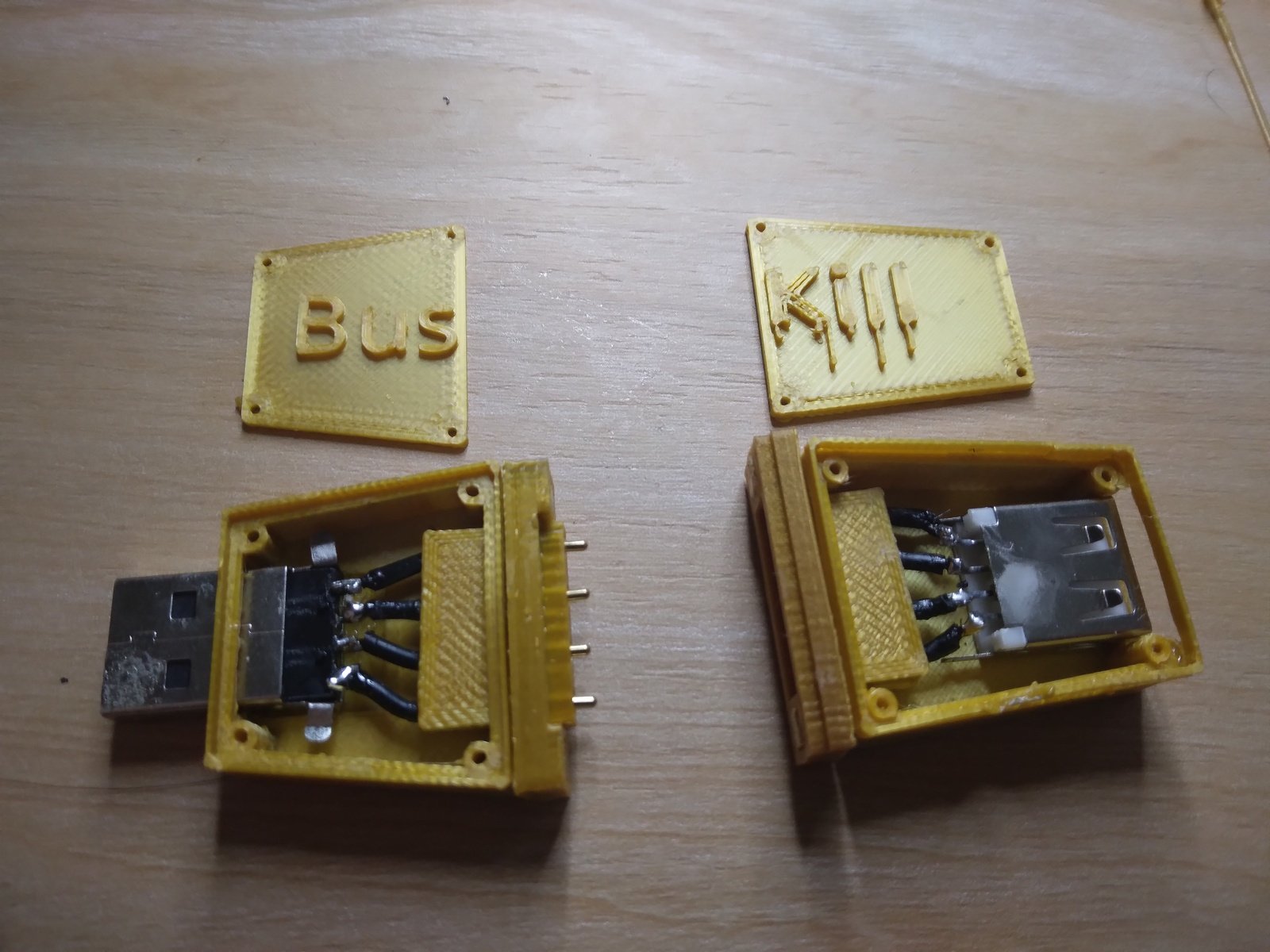cyph3rPunk
The people in this community hope for a world where an individual's informational footprints—everything from an opinion on abortion to the medical record of an actual abortion—can be traced only if the individual involved chooses to reveal them; a world where coherent messages shoot around the globe by network and microwave, but intruders and feds trying to pluck them out of the vapor find only gibberish; a world where the tools of prying are transformed into the instruments of privacy. There is only one way this vision will materialize, and that is by widespread use of cryptography. Is this technologically possible? Definitely. The obstacles are political—some of the most powerful forces in government are devoted to the control of these tools. In short, there is a war going on between those who would liberate crypto and those who would suppress it. The seemingly innocuous bunch strewn around this community represents the vanguard of the pro-crypto forces. Though the battleground seems remote, the stakes are not: The outcome of this struggle may determine the amount of freedom our society will grant us in the 21st century. To the Cypherpunks, freedom is an issue worth some risk.
Relevant Links:
"Security is mostly a superstition. It does not exist in nature, nor do the children of man as a whole experience it. Avoiding danger is no safer in the long run than outright exposure. Life is either a daring adventure, or nothing." Helen Keller





